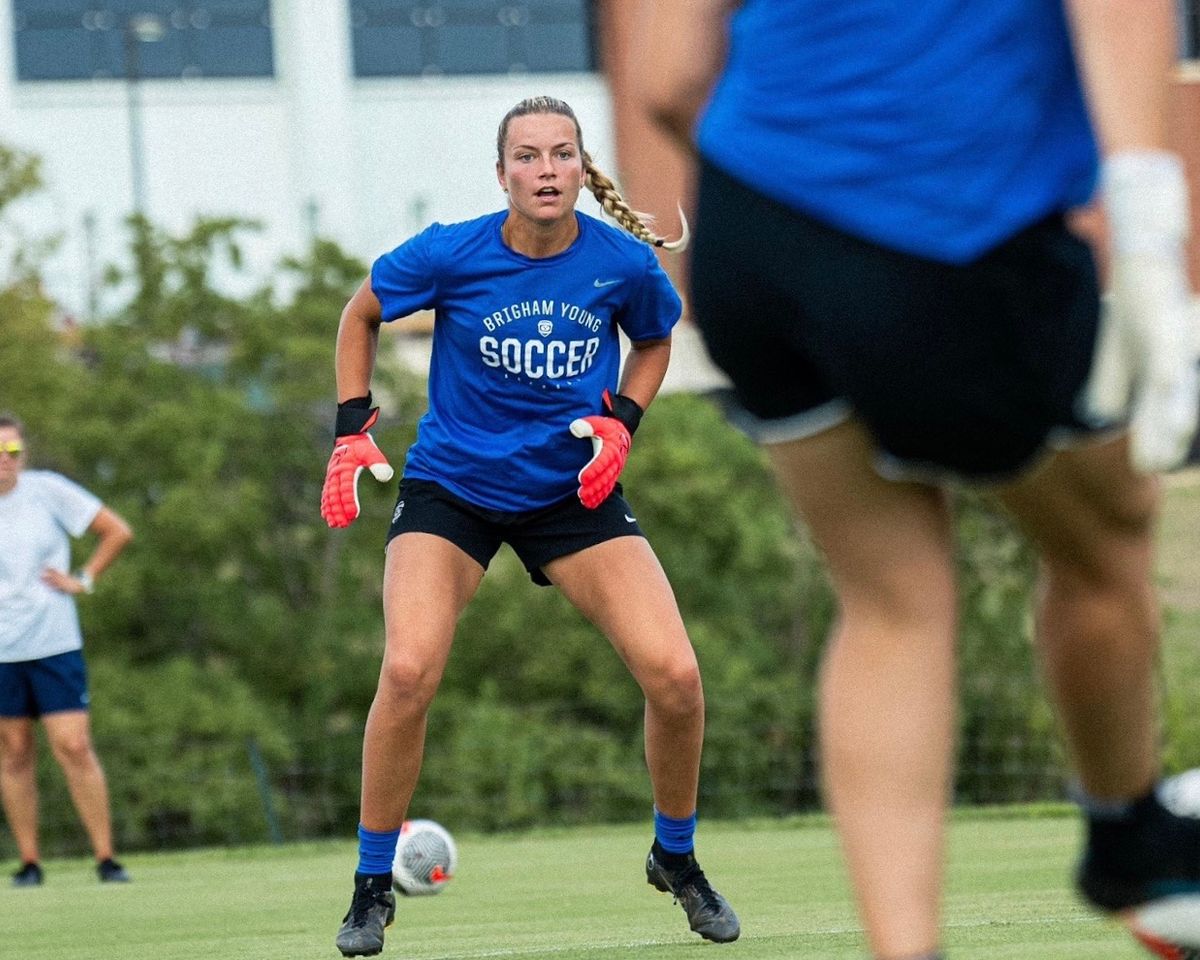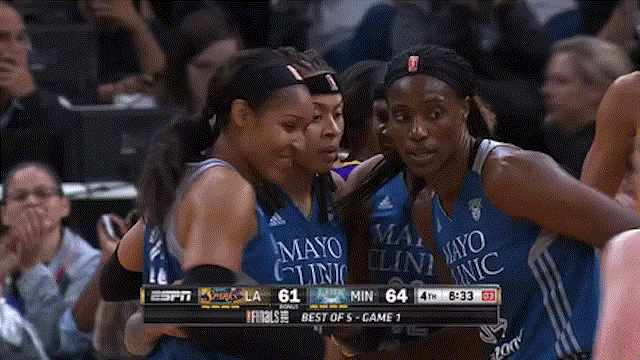How are the Big 12's newcomers adjusting to their new conference?

The GIST: The massive 2024–25 conference realignment experiment is creeping closer, but the Big 12’s already in the lab with four new members — former AACers UCF, Houston, and Cincinnati, plus BYU (who was independent in football, Mountain West in everything else) — this year.
- With fall sports firmly in conference play, some of the Power Five’s newest competitors are adjusting better than others, providing a sneak peek at how next year’s movers might fare.
Who’s struggling: Houston, you have a problem. Cougars football was rocked in their Big 12 opener, and their other fall sports have also lost their shine. The volleyball team, which topped the AAC last year, has been mid, and the soccer gals hit a brick wall when Big 12 play began. No fall squad has recorded a conference win yet.
- Likewise, Cincinnati football was 2021’s CFP Cinderella but kicked off their Big 12 tenure with a brutal loss. Meanwhile, their volleyball team is one of the conference’s worst, and women’s soccer is still struggling to find traction. OG Big 12 fans are skeptical at best.
Who’s thriving: On the other end of the spectrum, UCF and BYU are loving their new digs. Both were smacked around in football’s conference openers (sensing a pattern here?), but their women’s fútbol teams are soaring, flying — especially BYU, who snagged a No. 6 national ranking and a gritty road win over the No. 14 Texas Longhorns on Monday.
- Big 12 volleyball is tough AF this year, but UCF is strutting with one of the conference’s best records. And No. 9 BYU’s scorching hot heading into two matches against the reigning natty champs, the No. 10 Longhorns, tomorrow and Friday.
Zooming out: Realignment decisions usually only consider football, but as Big 12 expansion shows, squads often face a steep climb to gridiron success post-move. So, while the pigskin draws all the attention, well-rounded athletic departments — especially those with strong women’s programs — are most likely to boast a competitive edge in their new conferences from the get-go.

